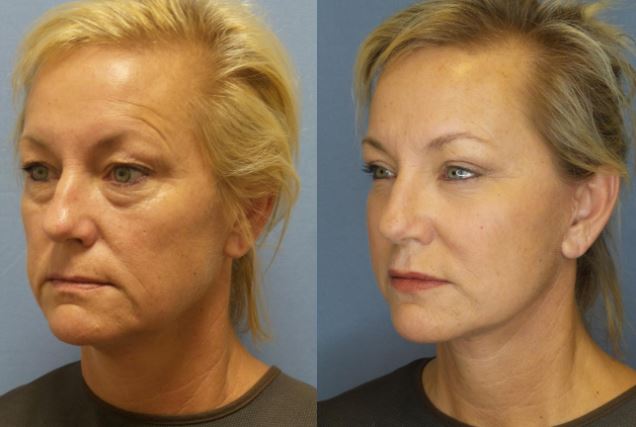
These are the most important things to remember if you are thinking about a genioplasty. The procedure itself can be risky, and you should understand all of your options before proceeding. You will find the following information about Osseous or sliding genioplasty as well as non-surgical gynecologic surgeries. You should also know what to expect after your procedure.
Osseous genioplasty
For women who want to look younger, osseous-genioplasty is a very popular cosmetic procedure. It is done inside the mouth with no visible scarring. It usually takes around an hour. This procedure can also be performed as part of a facelift. This procedure can be performed alone or with other forms of plastic surgery to improve a patient's appearance. You can read more about osseous generation.
A osseous genioplasty is typically part of larger procedures such as side-to-side or push-back. Most patients were satisfied with the results of the procedure. Active dental infections can cause jaw problems and should be treated before surgery. Patients must also tell their past orthognathic or orthodontic surgery and any medication or smoking habits.

Sliding genioplasty
Your medical history will be reviewed by the surgeon performing sliding-genioplasty. He or she will also ask about your expectations regarding the outcome. To help determine your surgical options, you may need to have Xrays taken or CT images taken of your jaw. A sliding genioplasty is typically a quick and relatively safe procedure once you have chosen a surgeon. There are potential complications. The most common are infection, bleeding, and an adverse reaction to anesthesia. To minimize your risk of these complications, you should follow the pre-operative instructions carefully.
Your surgeon will perform a detailed cephalometric scan of your head and measure your chin before you undergo this procedure. Cephalometric measurements are used to determine whether you have transverse or overprojection. A standard facial photograph will be taken to determine your transverse dimension asymmetry. If you have any of these issues, a sliding genioplasty might be right for you.
Nonsurgical genioplasty
Nonsurgical genioplasty is a great option if you are looking to increase the size of your chin without having to go through a full surgical procedure. This cosmetic surgery involves moving the jaw forward by removing a portion. This complicated procedure requires the use screws and plates to secure the jaw. Nonsurgical genioplasty is, however, much simpler to perform because the surgeon will manipulate your bone.
There are two methods of nonsurgical genioplasty. One is a sliding technique, where a doctor makes a small incision under the lower lip or chin. Another method involves repositioning the chin bone through wires. This procedure is for people with retrogenia or a receding chin. The type of procedure and corrections used will determine the recovery time.

Risques of genioplasty
Genioplasty, despite the many advantages, can be dangerous. Numbness below the lower lip and chin are possible. It can last for several weeks, months, or even be permanent. The brain can adjust to numbness. If bleeding or pain persists, patients should consult a doctor immediately.
There are many complications with genioplasty. However, the most common problem is temporary neurosensory dysfunction of the inferior-alveolar nerve. These complications can easily be avoided with preoperative counseling and informed permission. Some procedures, such as sliding genioplasty, reposition the chin bone by sliding it forward. If you are currently undergoing a genioplasty or have any other medical issues, it is best to skip this procedure.